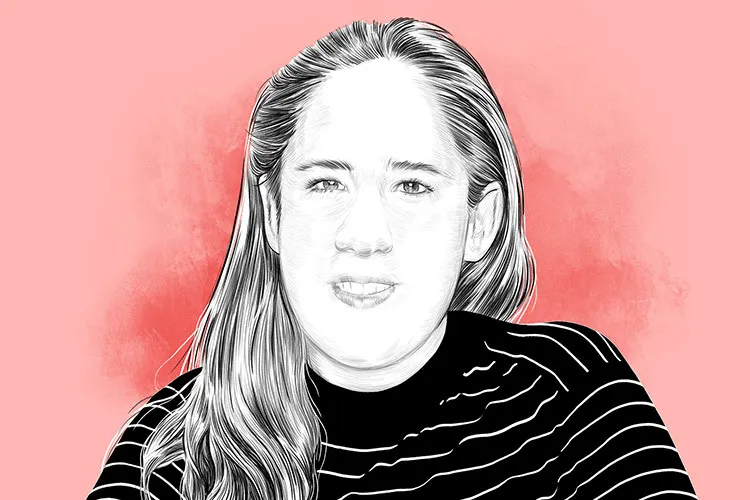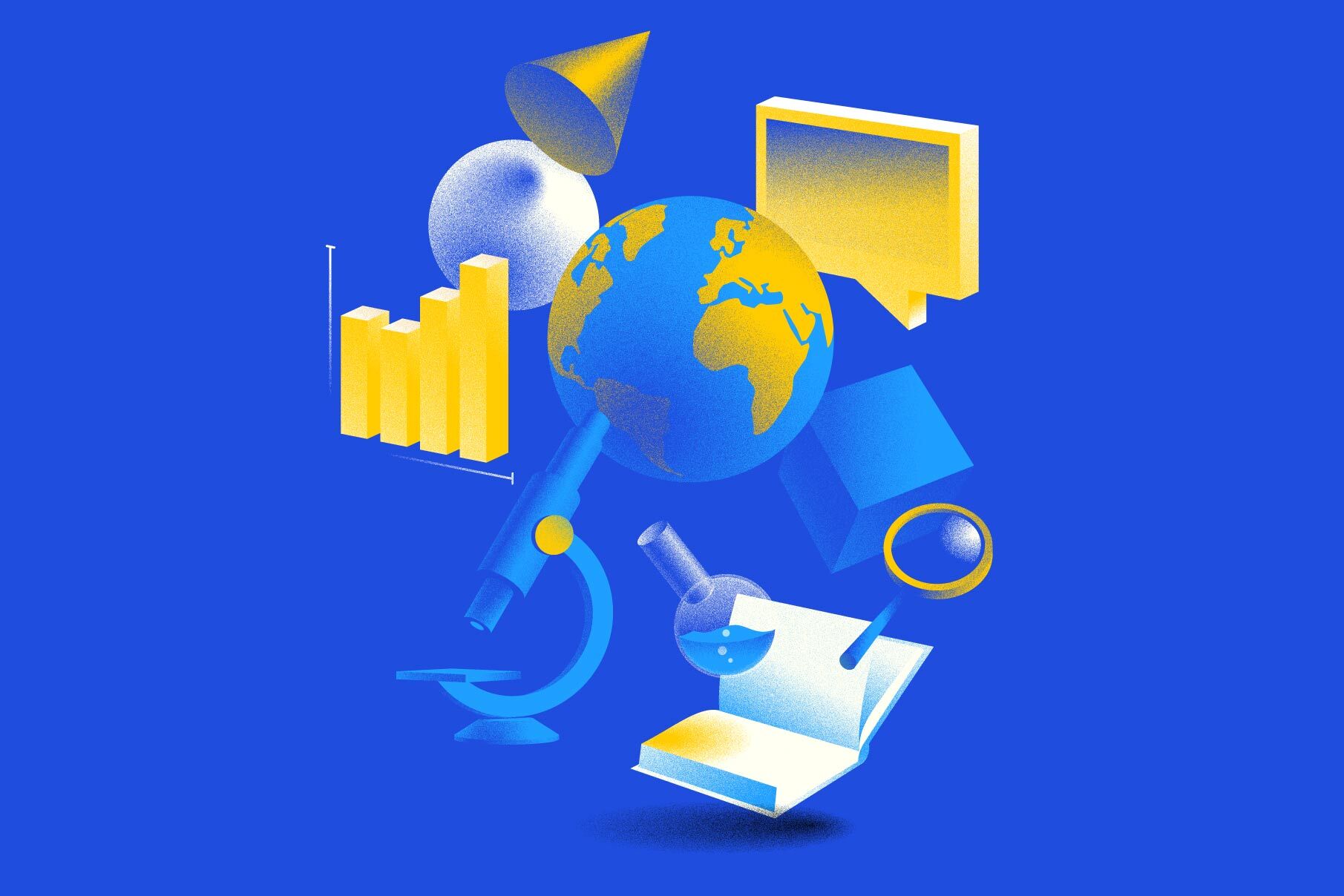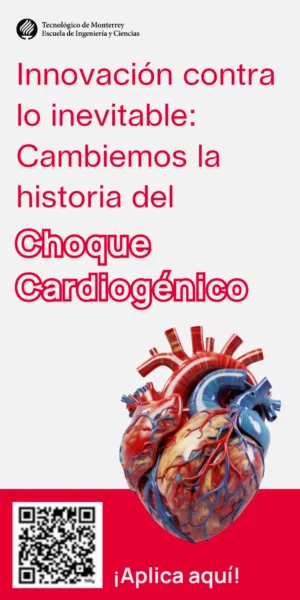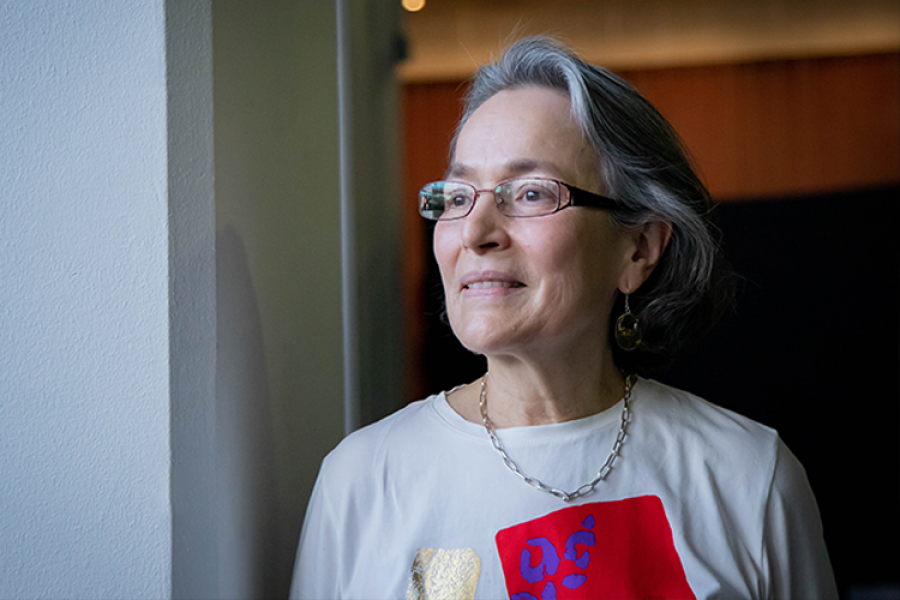(With information from Martha Mariano for Conecta and Ricardo Treviño)
In 2022, Nuevo León dominated the headlines for enduring one of the worst water crises in recent decades. This crisis highlighted the urgent need for urban planning based on reliable data, prompting the Tecnológico de Monterrey to develop the Metropolitan Urban Information System (SIUM).
Launched in 2024, this platform offers insights into the effects of urban expansion in the Monterrey metropolitan area. It aims to provide up-to-date data to both the public and authorities to promote informed decision-making.
Roberto Ponce, a researcher at the Center for the Future of Cities, explained that this interdisciplinary project involved students from various fields, EXATEC alumni, and researchers from different departments at Tec de Monterrey.
What is the Metropolitan Urban Information System (SIUM)?
The SIUM analyzes Monterrey’s urbanization process, examining dynamics, causes, and effects, as well as demographic changes, mobility, public spending, and quality of life.
In an interview with TecScience, Ponce highlighted that SIUM aims to be a visualization platform that, through data, assists decision-makers and citizens in identifying the city’s main issues and connecting various urban elements to analyze their relationships.
“For instance, what’s the link between traffic congestion and this model of urban expansion?” Ponce questioned. The goal is to democratize this information, make it accessible to the public, and foster a conversation about whether the current city model is what we want and need or if we should strive for an urban model that ensures more balanced and rational resource use.
According to the academic, such platforms facilitate the combination of various elements to help decision makers intervene and improve aspects such as traffic and the availability of affordable housing, among others.
How Will SIUM Contribute to Monterrey’s Urban Development?
During the platform’s launch, Roberto Ponce, the project leader for SIUM, emphasized, “We have three powerful tools for the future of cities: infrastructure projects, land use, and economic considerations.”
“What we need to do with these tools is define a shared vision to work towards a common goal. With SIUM, we seek to understand this vision and determine what kind of city we want to become,” he added.
The platform features various videos with experts and interactive maps of the Monterrey metropolitan area, where users can access data divided into ten main categories:
- Where are we expanding?
- Why are we expanding?
- Where do we work?
- How do we commute?
- Why does it limit child development?
- Why does it segregate?
- Why does it increase insecurity?
- Why does it cost so much?
- Why do we feel so hot?
- What happens if we don’t change?
When Was the Metropolitan Urban Information System (SIUM) Launched?
The SIUM website, supported by the Center for the Future of Cities and Fundación FEMSA, was launched on April 24 this year at the Tec’s Rectorate Hall on the Monterrey campus.
Juan Pablo Murra, Rector of Professional and Graduate Studies at Tec, remarked, “Through this system, we can reimagine cities and transform them into sustainable, innovative, and more human spaces.”
Lorena Guillé, Director of Fundación FEMSA, highlighted that SIUM “is a tool that generates dialogue and service to transform our environment, and for this, we need collaboration from academia, industry, and government.”
Why is Data-Driven Urban Planning Important?
Historically, Mexico has centralized institutions that have driven unbalanced growth across different regions. For instance, in the first quarter of 2024, the states with the highest number of economic units were Mexico City (222), Nuevo León (93), and Jalisco (40), according to data from the National Statistical Directory of Economic Units (DENUE) shared on the Mexican Government’s website.
In 2022, the national Gross Domestic Product (GDP) was 29,452,832 million pesos, but more than half of this income (66.5%) came from just 11 states: Mexico City, State of Mexico, Nuevo León, Jalisco, Guanajuato, Veracruz, Coahuila, Baja California, Chihuahua, Sonora, and Puebla.
This data reveals significant inequality, which is also evident within the states themselves. Chihuahua, for example, has the largest territorial extension in the country, with 67 municipalities, but 79% of its population lives in just five of them: Chihuahua, Ciudad Juárez, Cuauhtémoc, Delicias, and Parral.
This urban expansion trend is also seen in Nuevo León, a state with 51 municipalities where 88% of the population is concentrated in the Monterrey metropolitan area, which includes Apodaca, Cadereyta, El Carmen, García, Hidalgo, Ciénega, San Pedro Garza García, Escobedo, Guadalupe, Pesquería, Juárez, Monterrey, Salinas, San Nicolás de los Garza, Santa Catarina, Santiago, and Zuazua.
This growth has been exponential. In 1990, the Monterrey metropolitan area covered 124 square kilometers with a population of 2.7 million people. By 2020, the urban sprawl had extended to 287 square kilometers, with 5.3 million inhabitants, according to SIUM data.
The rapid expansion of urban areas in the country has not been accompanied by a comprehensive plan for sustainable development, leading to issues such as water crises, rising housing costs, and a lack of infrastructure to improve transportation.
“At Tec, we are convinced of the importance of cities, so we decided not to be mere spectators but catalysts for their transformation, underscoring the importance of this project,” stated Juan Pablo Murra.
Interested in this story? Want to publish it? Contact our content editor to learn more: marianaleonm@tec.mx.















